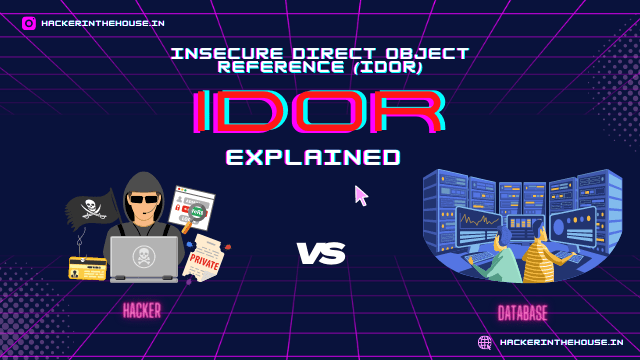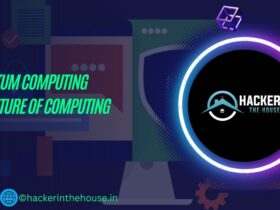We recognize Stephen Hawking as a fantastic scientist. He became a physically disabled person. He became a famous personality for his mind, but he can’t even communicate or pass then how can he be an excellent persona?
Welcome to the world of merging minds and machines! Imagine a destiny where our mind may be translated into movements and control technology with simply our minds. This isn’t technology fiction, however, a rapidly advancing subject known as a brain-computer interface (BCI).
Merging Minds and Machines
BCI has the potential to interact with machines through our brains. By immediately connecting our brains to computer systems, we will enhance our capabilities in impossible methods.
For instance, imagine being capable of controlling a synthetic limb with our thoughts, or talking with others best through the use of our minds. These are only a few of the many opportunities that BCI technology gives.
What is BCI?
A brain-computer interface, or BCI, is a technology that allows for direct conversation between the brain and an external device, together with a computer. This is achieved through the usage of electrodes which can be positioned at the scalp or immediately onto the brain itself. These electrodes fall on the electric indicators which are produced by using the neurons within the brain, which may then be translated into commands for the external device.
The manner of using a BCI usually includes schooling the consumer to produce exact styles of brain hobby that may be related to exclusive commands. For instance, imagining transferring one’s left arm might be related to the command to move a digital cursor to the left on a pc display. With exercise, customers can learn how to control gadgets and the usage of best their minds, beginning up new opportunities for individuals with disabilities or injuries.
Implementations to Enhance future generation
BCI generation can exchange over the way we approach healthcare. For instance, researchers are exploring using BCI to restore motor features in sufferers with spinal wire accidents. By neglecting damaged nerves and directly connecting the brain to artificial limbs, BCI is used to provide patients to regain management over their actions.
In the world of gaming, Brain-Computer Interfaces (BCI) can enhance attention and interaction. Just imagine the fun of controlling an online game man or woman via our thoughts!
Another captivating use of BCI lies in communication. People, with disabilities that turn away their capacity to speak or use the methods of verbal exchange may want to discover a manner to specify themselves via BCI. This breakthrough may want to substantially improve their high quality of life. Enable them to take part in society.
Challenges encountered by BCI
One undertaking challenge by BCI is making sure of its accuracy as a technology. Despite improvements in the years, there is still room for development as it should be detecting and decoding neural alerts. Inaccuracies in records series can have an impact on medical packages.
Ethical implications additionally pose a challenge for BCI. As the merging of minds and machines maintains issues concerning privateness, autonomy, and capability misuse arise. It is critical that we technique these issues with ideas and attention for their effect on society as an entire.
In the end, we have explored the super capacity of brain-computer interface generation, or BCI. From clinical packages to gaming and communication, BCI has the potential to revolutionize the way of our lives.
However, as with any new generation, there are challenges that must be addressed. The accuracy of BCI technology and the moral implications of merging minds and machines are just a few of the issues that are still to be carefully considered.
Despite these challenges, we trust that the future of BCI is shiny. Continued studies and development in this area will no longer simplest enhance human abilities but additionally improves our understanding of the mind and its features. We are excited to see what the future holds for merging minds and machines.








Leave a Reply